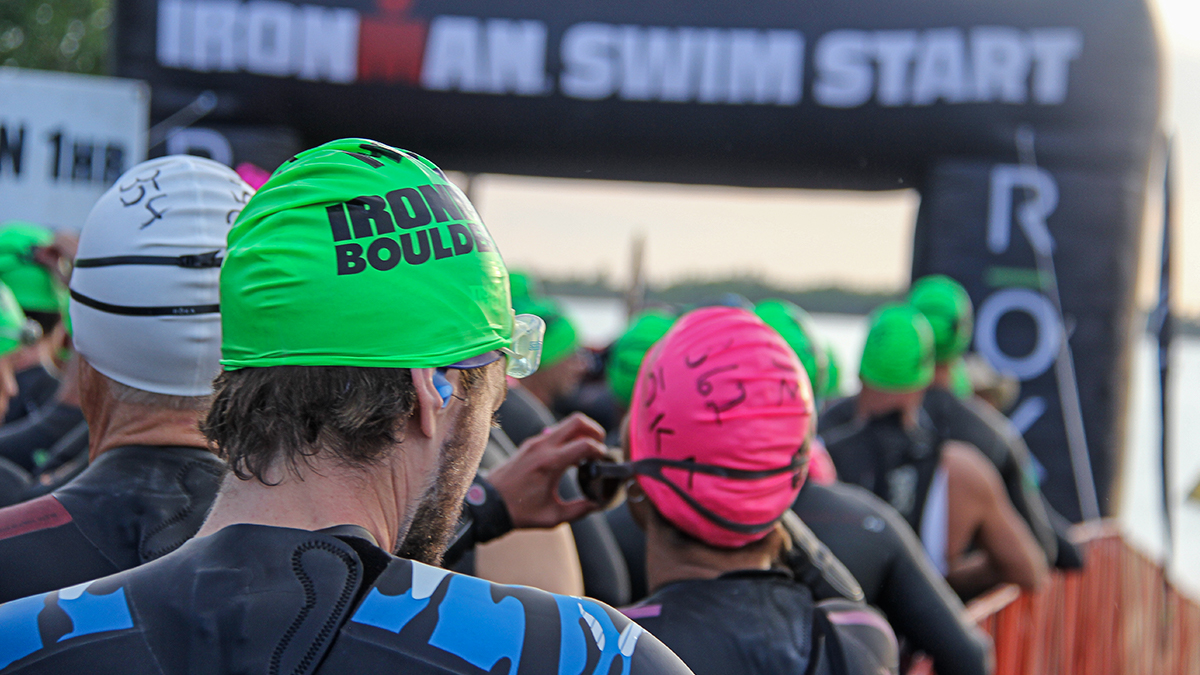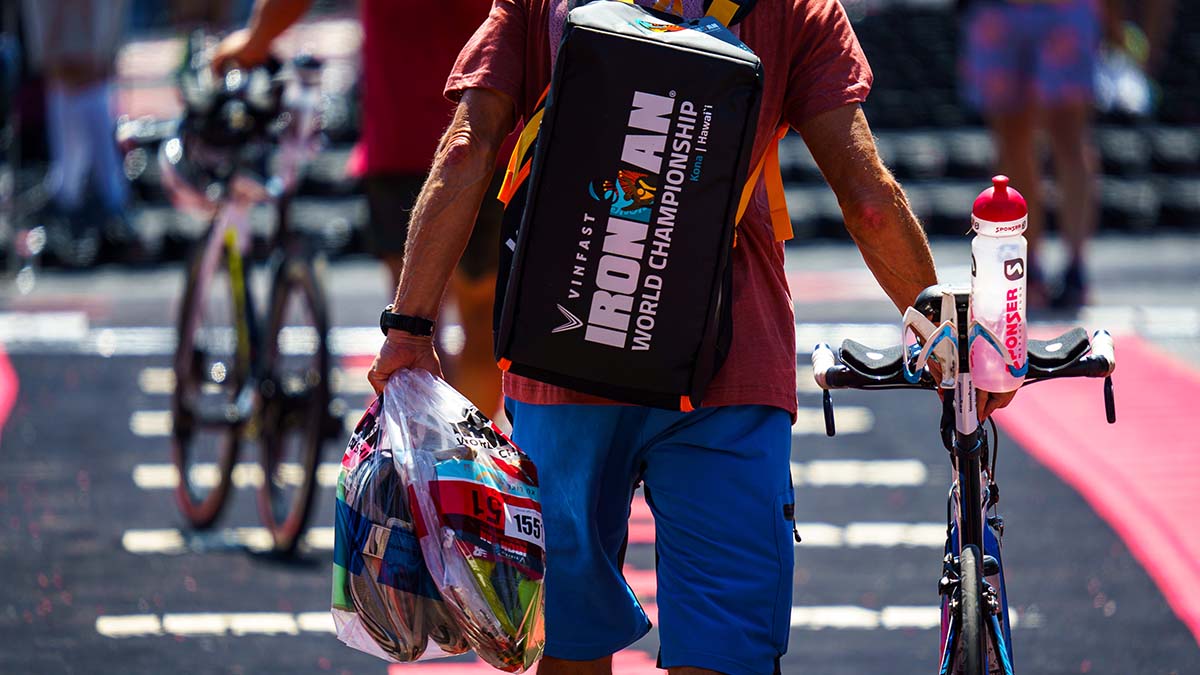When we think about IRONMAN athletes, we often think about two categories of racers; those who want to compete and those who hope to complete. Yet there is a third category of IRONMAN participants we often don’t discuss; the IRONMAN-lifestyle athlete. These athletes tend to have demanding jobs; they want to spend a good amount of time with family; and they want to be active in other sports besides swimming, cycling and running. Let’s look at one example.
An athlete I’ve coached for years, Mike Berland, fits the description of a “lifestyle” triathlete. He had a long history of triathlon and running events prior to his first IRONMAN, and is also a tournament-winning social golfer with a 16 handicap. In the summer he wants to be on the golf course with his family and friends, and he enjoys skiing in the winter.
I helped Mike complete his first IRONMAN race in 2015. His goals were to successfully complete the event, stay healthy throughout training and enjoy the process. He joyfully accomplished all three. If, like Mike, you’re hoping to participate in and enjoy 70.3 or IRONMAN events while keeping other sports in the mix, below are 10 tips that can help you succeed.
1. IRONMAN Training Can Boost Your Other Sports
One thing Mike noted the first year we worked together is that his triathlon training improved his golf game and his skiing. It’s not intuitive that triathlon, golf and alpine skiing would be complimentary sports, but with some thoughtful planning, they can be.
2. Log and Track Non-triathlon Miles
It can be tempting to think of a regular activity, like walking a golf course as “no big deal,” but those miles and hours can reach surprising totals. A few weeks ago, three days of golfing totaled 22 miles—and Mike didn’t even walk every course. Remember, all physical activity takes a toll on your body, and should count towards your overall goals. Long walking bouts in particular can be great for running endurance.
3. Take Advantage of Your Strengths
Mike was a water polo player when he was younger, so he came to IRONMAN with a strong swimming history. As such, for much of the year, he swims only once per week. It is only in the six to eight weeks prior to an IRONMAN event that we will add a second swim in some of the weeks. Especially for time-strapped triathletes, strong sport training can be minimized during the majority of the season to make room for other priorities.
4. Don’t Be Afraid to Step Back from Triathlon Training
When you are doing a week-long bike tour, a four-day golf tournament or a multi-day ski week, there is no need to cram triathlon training into those big blocks. As long as you’re still getting some basic physical activity, it is not necessary to swim, bike and run every day of every week—especially when attempting to do so will cause undue logistical stress.
5. Take Advantage of Light Days.
If your non-triathlon activity was less than two hours, do include a triathlon workout on that day. For example, Mike found that swimming after golf helps stretch out his back, giving him added recovery and helping log a triathlon workout where he might not have otherwise.
6. Plan Recovery From All Sports
It’s tempting for lifestyle athletes to fill a week with other activities when their triathlon training eases off. Doing this only leads to a slow drain on energy battery and it can lead to injuries. Every third or fourth week, plan to reduce all physical activity to allow the body to recover and adapt to training load.
7. Do Some Form of Speed Work Each Week
Many people think the only type of speedwork needed to complete an IRONMAN looks like long tempo or lactate threshold intervals. But shorter, all-out efforts for the seasoned athlete can help maintain fitness and keep the enjoyment factor high. (I previously wrote about these Miracle Intervals here.)
8. Do Strength Training Year-Round
Every sport introduces the potential for overuse injuries, so keeping your body generally strong and balanced is critical. In the off-season, Mike does strength training two to three times per week. These sessions can be 20 minutes to an hour. When the heavy competition or sport season rolls around, he goes down to one strength session per week. Once Mike addressed the imbalances caused by golf, his performance improved in all sports.
9. Be Conscious of What You Want for the Rest of Your Life.
If your goal is to keep 70.3 and Ironman events as part of your lifestyle without sacrificing other activities you love, it can be done. It’s all a matter of being clear about what you want and setting yourself up for success.
10. Myth-Busting: Anything Is Possible
At one time or another, most people set self-imposed limitations. Many times, these limitations are based on myths. Remove the myth that you must give up everything else in your life in order to be an IRONMAN. If you make IRONMAN a lifestyle, training and racing will become more joyful, and maybe even more effective!









